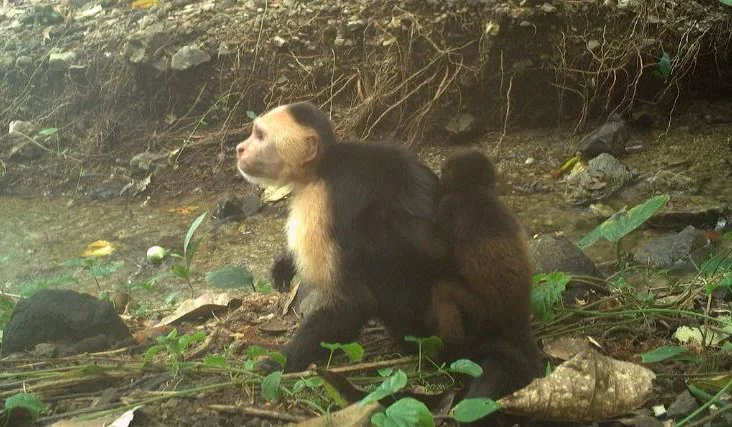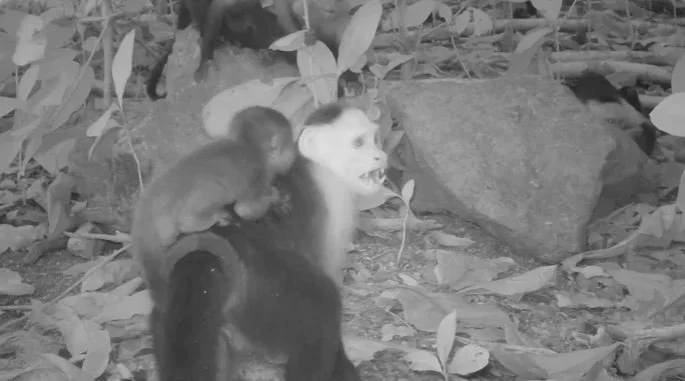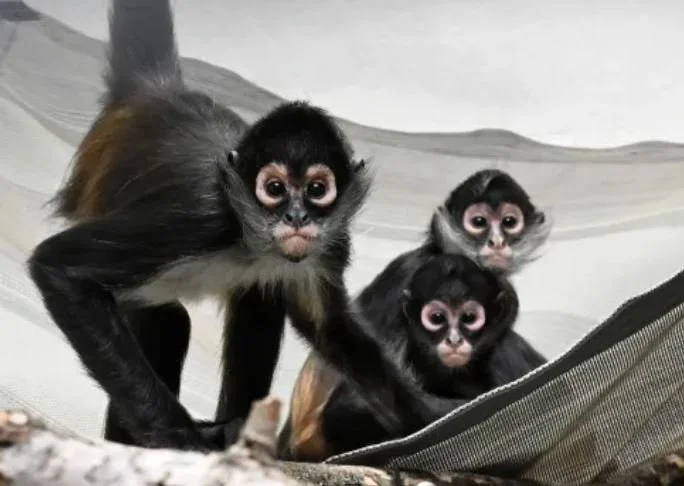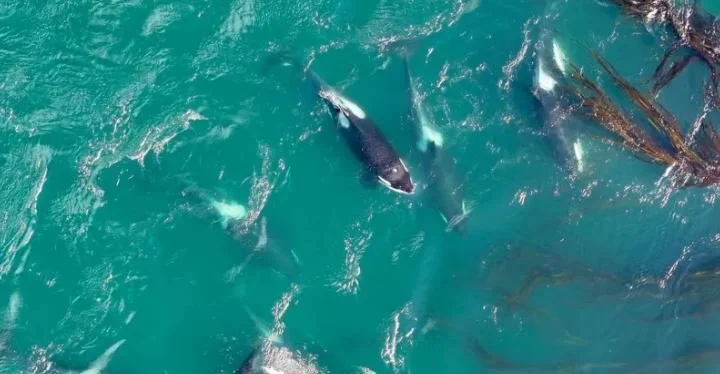Why Are Capuchin Monkeys Abducting Baby Howlers?
Biologists on Panama’s Jicarón island have observed some bizarre behavior from the capuchin monkey population. Over the past several months a small gang of males have been kidnapping infant howler monkeys, for no apparent reason.
The white-faced capuchins of Coiba National Park are of special interest to researchers because they use stone tools (to crack open nuts and shellfish), so they’ve been monitoring the population with since 2017. In 2022, they spied an unusual sight: a capuchin monkey carrying an infant howler monkey on his back.
Doctoral researcher Zoë Goldsborough reviewed tens of thousands of images and found four more howler infants being carried off – most being abducted by the same individual: a young male she named Joker.
“At first, we thought it could be adoption,” says Goldsborough. In 2006 a pair of capuchins adopted a baby marmoset and raised it into adulthood. But the odd interspecies adoption is almost always carried out by females.“The fact that a male was the exclusive carrier of these babies was an important piece of the puzzle.”
It is still a puzzle. Months after the first sighting there were more abductions, this time by at least four other young males in the troop. The researchers are calling the phenomenon a “social tradition” that spreads through social learning, but they can’t understand why it became a thing. The capuchins don’t gain any benefit from the behavior, and the howler babies are all presumed dead. “The capuchins didn’t hurt the babies,” says Goldsborough, “but they couldn’t provide the milk that infants need to survive.”
It is possible that these monkeys – which live on a secluded island with no predators – just have a lot of time on their hands. They are curious and perhaps even a little bored. Carrying an infant around like an accessory is likened to the monkeys that wear a blade of grass behind an ear or the orcas that wear dead salmon for a hat.
If the weird behavior spreads to other capuchin groups on the island it could become a problem. Meanwhile the team, from the Max Planck Institute of Animal Behavior, has set up an interactive website to track the kidnappers. Their research on interspecies abduction is published in Current Biology.
Photo credit: Brendan Barrett / Max Planck Institute of Animal Behavior








